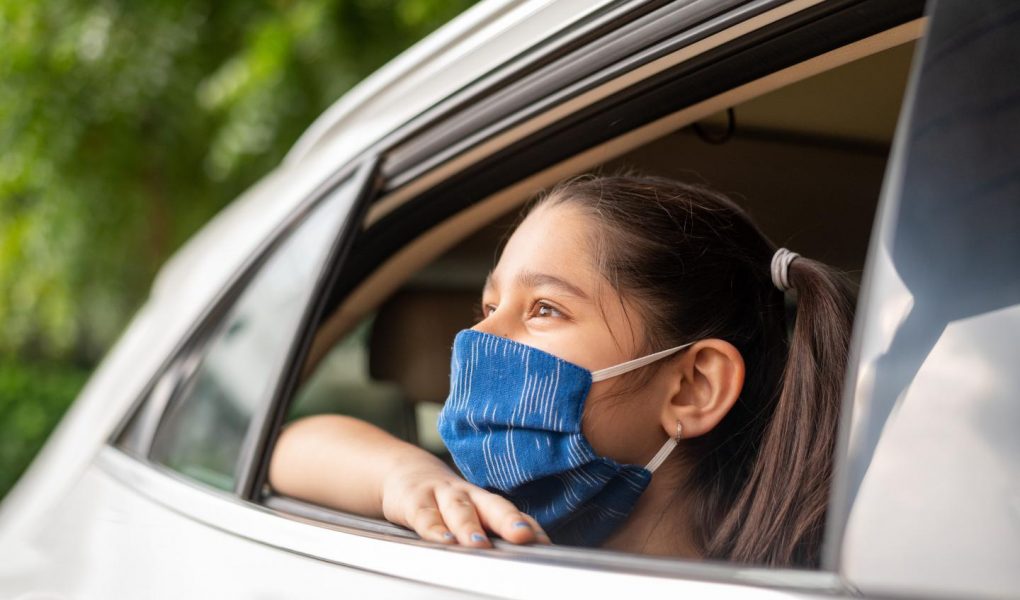A. 9 Travel Tips During COVID-19

The COVID-19 pandemic is not over yet, but more and more people are booking national and international trips. Part of the increase is due to more people being vaccinated against the disease and part of what is known as pandemic fatigue.
Whether by plane, train, car, or RV, your travel arrangements go beyond activities like packing extra face coverings. You should now find out about the latest COVID-19 travel bans and COVID-19 testing requirements – before, during, and after your trip. Full vaccination eases the restrictions somewhat. Follow these nine tips to help you travel more safely domestically and internationally during COVID-19.
1. Get the COVID-19 vaccine if you are eligible.
Three COVID-19 vaccines are approved for use in the United States. Anyone under the age of 12 is eligible for the Pfizer-BioNTech COVID-19 vaccine. With the Moderna and Pfizer vaccines, people who are fully vaccinated are up to 90% less likely to contract the coronavirus. Johnson & Johnson’s Janssen COVID-19 vaccine is approximately 76% effective in preventing COVID-19.
Traveling is riskier for the unvaccinated as the infection rate is still high and an increasing proportion of infections are due to more dangerous strains of the virus or “worrying variants”. Vaccines can prevent serious disease caused by strains, but they may not offer complete protection against infection.
2. Check the travel restrictions for COVID-19 at your destination.
Find out about the rules of your travel destination to avoid travel frustration. There are restrictions and recommendations for travel within and outside the United States. In some areas in certain states, visitors must be quarantined for 10 days after arriving at the lodge. However, vaccinated individuals do not need to be quarantined as per CDC guidelines. If you are traveling internationally please check the COVID restrictions as some countries ban all travelers for the time being. For the United States, people who are fully vaccinated will not need to take the COVID test prior to travel if the travel destination does not require it.
3. Prepare for evidence of a negative COVID-19 test.
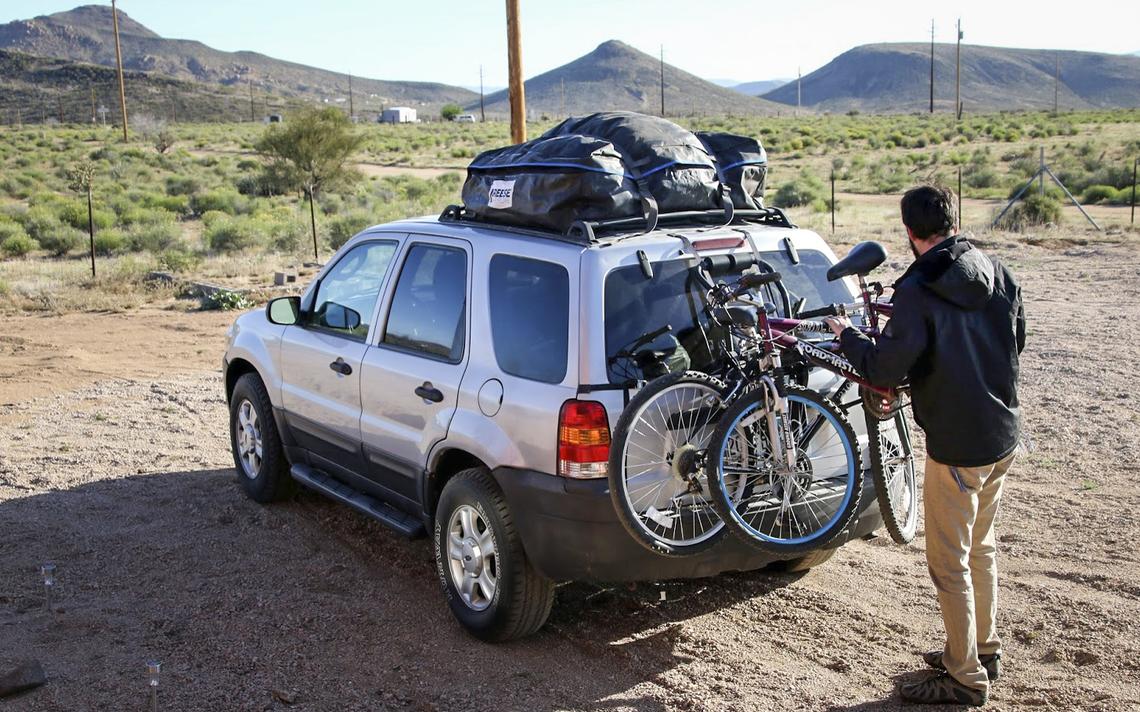
Starting January 26, 2021, all passengers arriving in the United States must have a negative COVID-19 test or evidence of COVID-19 recovery (with a medical certificate). Order is for individuals 2 years and older, including U.S. citizens, legal permanent residents, and visitors from other countries. In connection with the requirements at your destination, you may need to demonstrate a negative COVID-19 test or recovery from COVID-19 upon arrival in a foreign country and upon return to the United States. A growing trend in the travel industry is resorts offering their guests COVID-19 testing as a convenience – and some resorts are requiring it.
4. Wear a face mask in public places.
If you plan to use public transport such as planes or trains, always wear a face shield, even if you are fully vaccinated. Face masks are used to reduce the number of virus particles transmitted from person to person. Pack plenty of face coverings and keep at least one extra face mask nearby in case the one you are wearing gets dirty or is lost in any way. Be careful when touching your mask and always wash your hands thoroughly afterwards.
5. Keep a healthy distance from other people.
You may have heard the mantra of “staying 2 meters away from other people” in public spaces such as airport terminals, but remember that the minimum distance is 6 feet. You can’t go wrong during the COVID-19 pandemic by creating as much physical space as possible between yourself and others. Physical distancing may be impossible on airplanes or trains, but do your best to keep as many steps away from other people as possible during your travels.
6. Pack carefully.
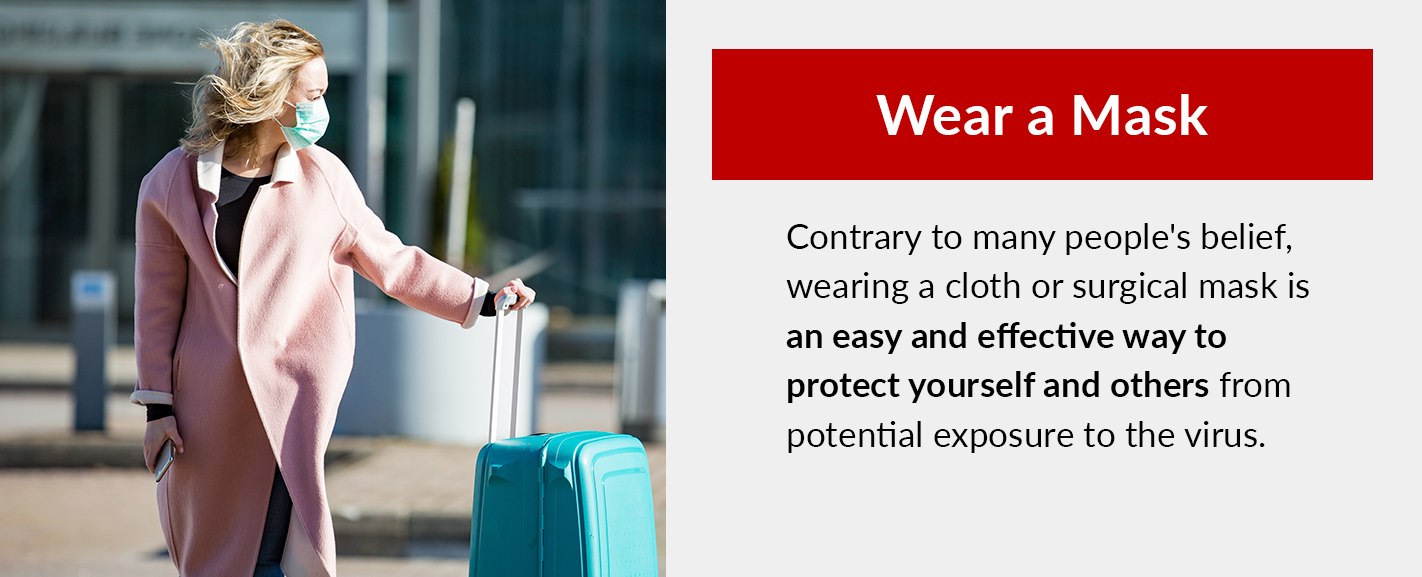
If you’re traveling around the country by train or plane, make sure you pack enough of your essentials: medicines, masks, hand sanitizer, long-life food for a few days, etc. At your destination, you can stay safer by using avoid unnecessary journeys on site, e.g. E.g. picking up medication that you forgot to pack. Don’t forget about the medications and supplements that you take on a regular basis.
7. Find out where to get medical care and COVID-19 tests.
What should you do if you get sick at your destination? That was important before the pandemic, but it’s even more important now. Be sure to research the answer to this question before you travel. Inquire with your health insurance company how and where you can receive medical care at your destination if necessary. Over 65? Remember, Medicare does not cover international medical coverage.
Before you travel, find out about local COVID-19 test locations and requirements. Some sites offer tests for everyone on request, while others require the individuals to be symptomatic in order to be tested. By studying these details in advance, you can simplify the process of getting health services when needed.
8. Map of restaurants, toilets and gas stations.
If you are traveling by car, take your time before departure to find places to buy food, go to the bathroom, and refuel. You shouldn’t rely on all restaurants or gas stations to be open as many will remain closed or have restricted opening times during the pandemic. Call before you set off to make sure you can pick up food and refuel your vehicle along the way. You can also pick up a cool box full of healthy groceries from the local grocery store – a safer option than messing around with bags of fast food on the go.
8. Find out about your hosting options.
Many hotels work with reduced capacity. Especially if you are traveling by car, you should definitely reserve the overnight places along your route and at the destination. Find out what types of COVID-19 restrictions the hotel has, such as: B. wearing masks in public areas or proof of a negative COVID-19 test or a vaccination certificate.
B. How To Protect Yourself From The Coronavirus While Traveling
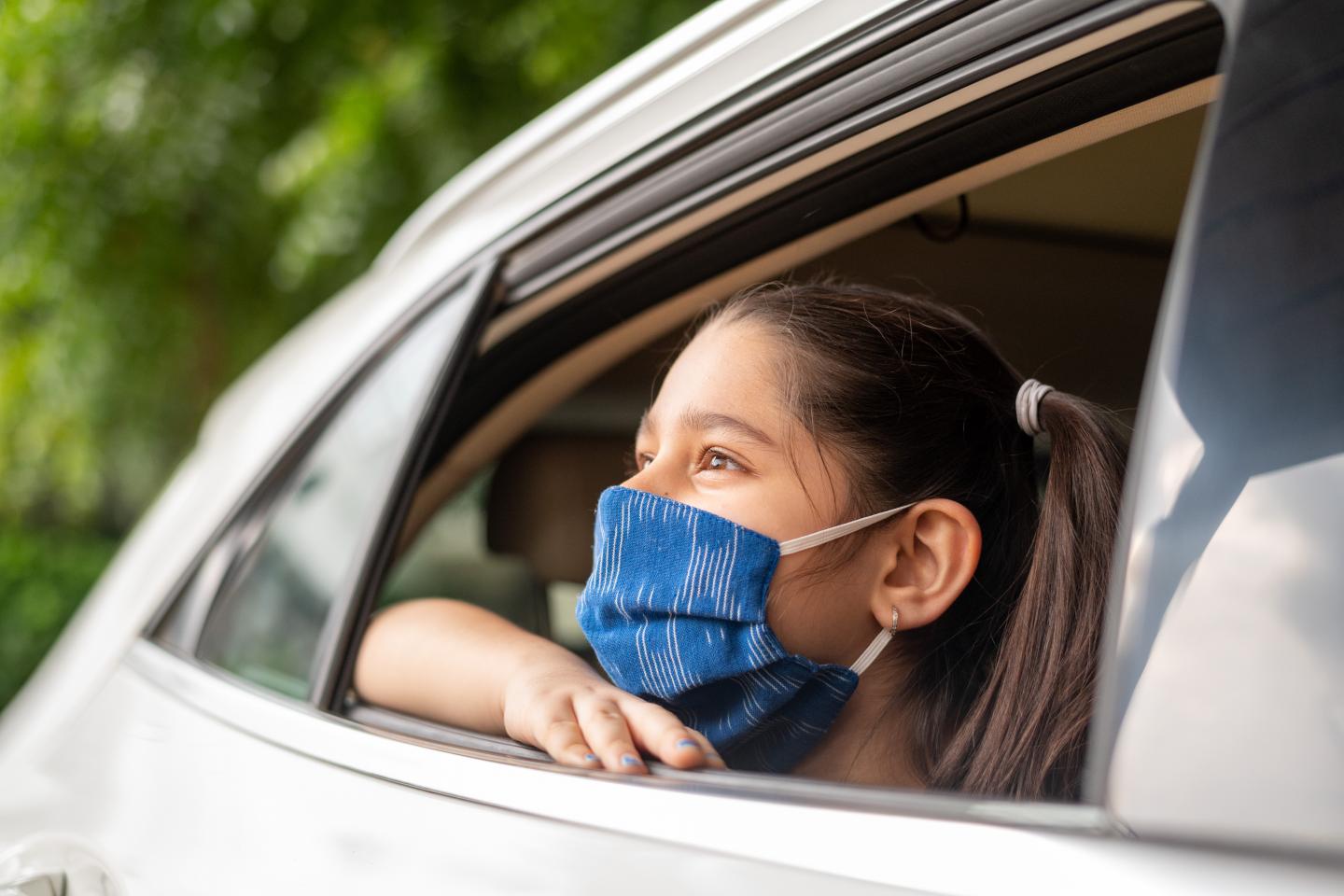
Traveling during a pandemic requires a more detailed and cautious approach than before, but it can be done with minimal risk to you. We spoke with pulmonologist and intensive care doctor Joseph Khabbza, MD, about how to travel now. Read on to find out what he has to say and discover tips that can help you stay safe whether you’re in the car, airplane, cabin, or hotel.
1. What to look for when planning your trip
When planning your trip, it is good to be aware of all the possible scenarios that you might encounter. By taking a proactive approach, you can help protect yourself and the people traveling with you.
Here are some questions from the Centers for Disease Control and Prevention (CDC) to consider when creating your itinerary.
- Is COVID-19 Spreading Where You Go?
- Is COVID-19 Spreading in Your Community?
- Will you or the people you travel with be within two meters of other people during or after the trip?
- Are people traveling with you at high risk of developing COVID-19?
- Do you live with someone who is at high risk?
- Will the state or local government where you live or where you live require that you stay home for 14 days after your trip?
- If you get COVID-19, do you have to give up work or other obligations?
“As long as we take our daily precautionary measures on our travels, the risks can be significantly minimized,” says Dr. Khabbza. “We can do this by keeping our distance and wearing a mask around those outside of our little circles, keeping our hands clean and not touching our eyes, nose or mouth when our hands are not clean. It is also important to be in environments where the mask requirement is high to minimize the risk and to keep the incidence of COVID-19 transmissions low. ”
2. How to protect yourself from COVID-19 while driving
Since our vehicles are familiar and comfortable to us, it makes sense to go the road warrior’s way on vacation. “We tend to go on road trips with those in our immediate vicinity, so driving a car is the safest route during a pandemic,” adds Dr. Khabbza added.
Start by thoroughly cleaning and disinfecting your vehicle. Clean all surfaces and parts with high contact (windows, seat belts, steering wheel, door handles, controls, etc.). And be sure to keep antibacterial wipes and hand sanitizer in the car so you can clean everything up and passengers can wipe their hands after each stop.
a. Don’t take too many people on the tour
Before you stop to refuel or eat, assign a hallway for travel-related tasks. Let a person or two who aren’t high risk stop by for snacks or gasoline if you don’t want to pay at the gas pump. Just make sure the designated runners are masked and thoroughly clean their hands before returning to the car. And while you’re refueling, avoid rolling over the phone while pumping to minimize the risk of contamination.
Whenever possible, keep the windows open while driving to your destination to let in fresh air and increase ventilation. If you are moving to a warmer area and air conditioning is required, set the ventilation or air conditioning to non-recirculation mode.
3. How to stay safe in car sharing vehicles
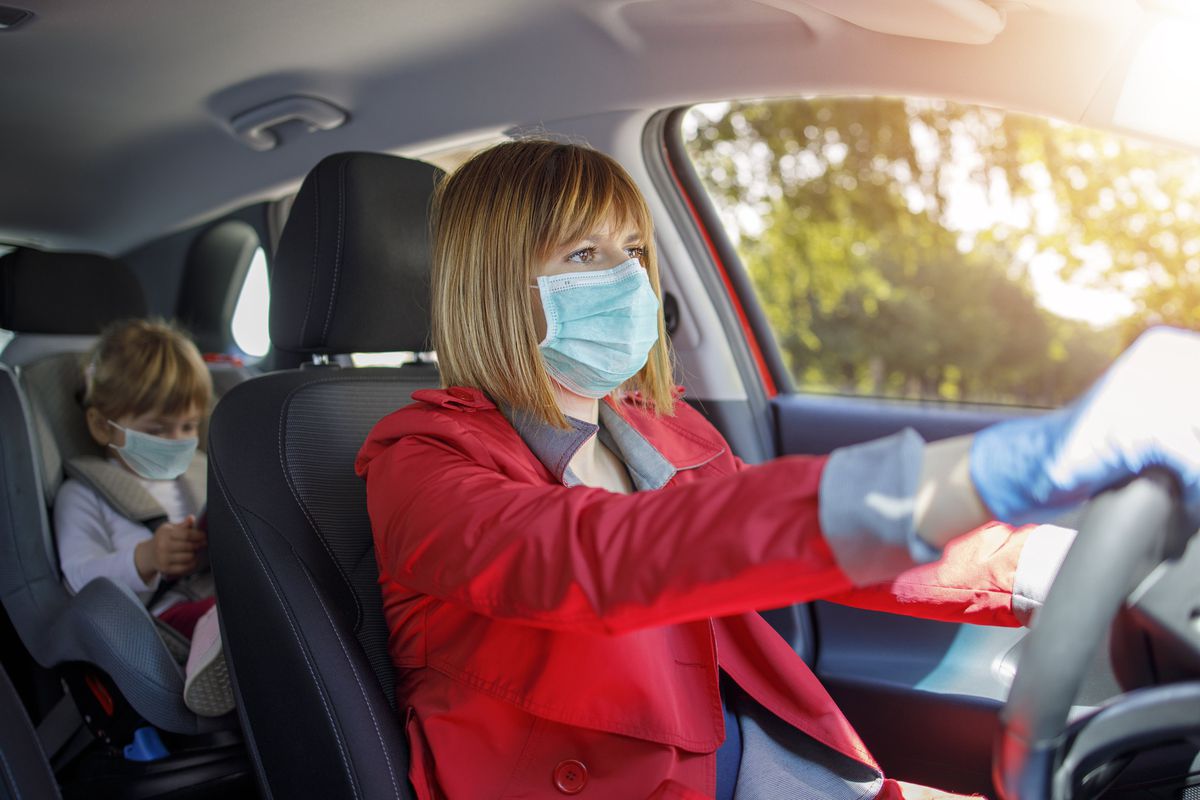
Carpooling has made it a lot easier for us to get around, whether we’re at home or out of town. Before getting into a shared vehicle, make sure you have hand sanitizer on hand when you arrive at your destination. In addition, it is not advisable to accept drinks, magazines, sweets, or other items that are sometimes offered to passengers as a courtesy.
“When getting into a shared vehicle, it is important that you and the driver wear masks, especially since you have been in a confined space with a stranger for a long time,” says Dr. Khabbza. “You can even wear eye protection in this environment to minimize the risk of infection or transmission.”
4. Increase braking with car pool option
The Tramp option with Tramp apps can save you a lot at certain times of the day, but it’s not worth it at the moment as it increases the risk of being around a stranger.
So limit travel to you and the people you travel with. And if possible, sit in the back seat instead of the front passenger seat to keep a small distance between you and the driver.
Dr. Khabbza points out that some hitchhikers put a partition between the front and back of their vehicles. This significantly minimizes the risk of transmission. He suggests that you do a little research beforehand about each Tramp company so that you can get a better idea of the security features in the area.
5. Is It Safe To Fly Now?
These cheap flights are very tempting right now. If you decide to fly in the sky, keep in mind that being safe on an airplane involves a lot more than just wearing a mask. Before you even get on a plane, you need to deal with check-in terminals and security lines. This means coming into contact with surfaces that are frequently touched and being in the vicinity of many people. While your concern may be about staying safe on the plane, before you board, you should focus more on protecting yourself. Most viruses don’t spread easily on flights because of the way air is circulated and filtered on airplanes, according to the CDC. To stop the spread of COVID-19, many airlines have taken the necessary precautions to keep their planes hygienic and safe for travelers.
Airplanes today have HEPA filters and clean outside air and circulating air flow through them. Many airlines thoroughly clean aircraft and even fog them up with an electrostatic disinfectant that adheres to seat belts and other high-contact surfaces. Some airlines have even adjusted the seating arrangements to allow more space between passengers. As for personal protection, several airlines require face-covering to go on board. Some even offer antibacterial wipes for the passengers. The TSA currently allows a 12-ounce container of hand sanitizer in handbags until further notice. This is good news because you can always use your disinfectant or wet wipes to clean armrests, seats, soft knobs, and even the bathroom doorknob for added security.
6. Should you fly now?
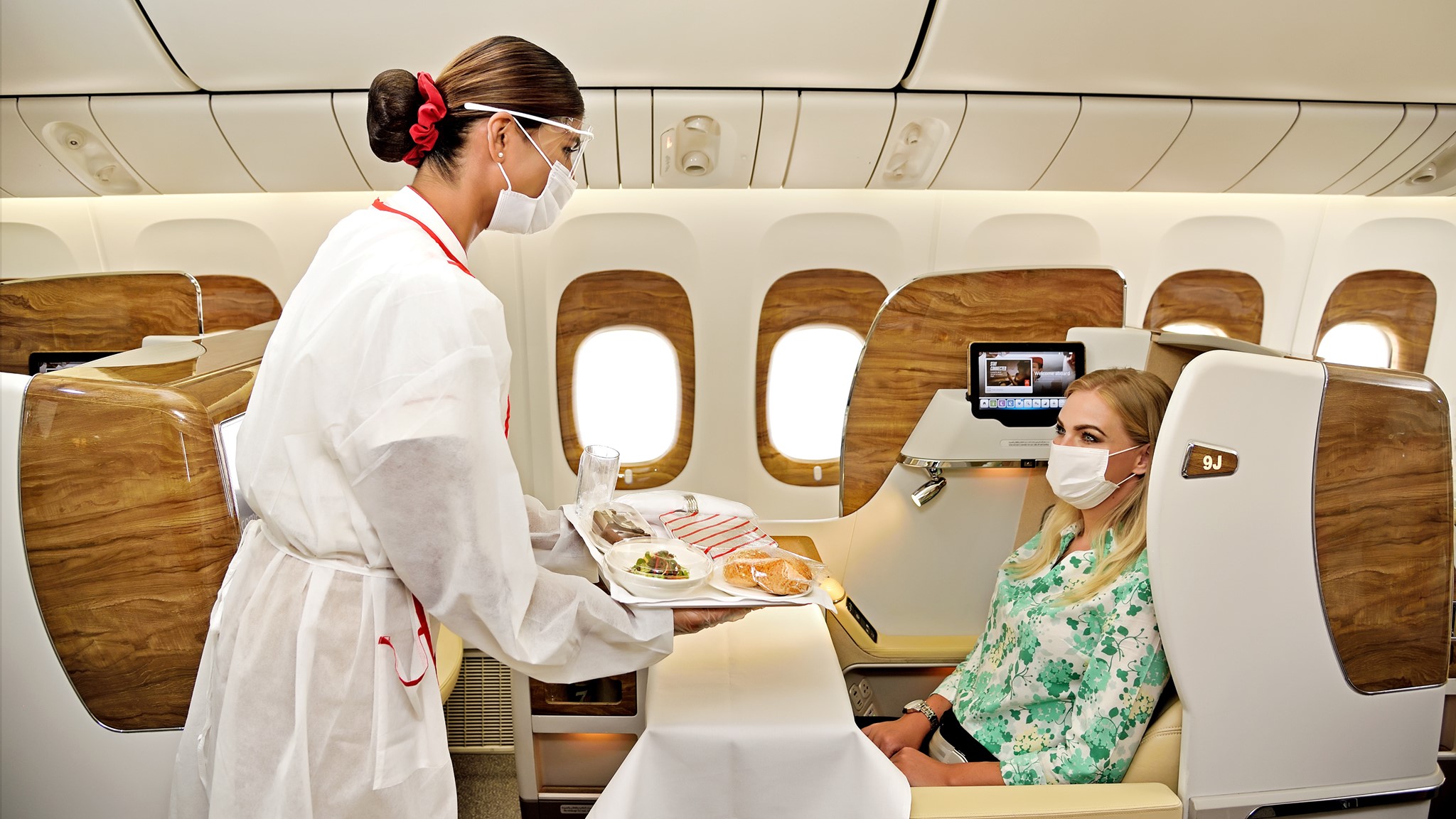
Ultimately, it’s up to you. Just think about the risks when making your decision. If you’re sick or at a higher risk of contracting the coronavirus, it is probably best to keep your feet on the ground. The same goes for any friends or family who want to travel with you. “The decision as to whether you should fly depends on your personal risk tolerance and on knowing the local COVID-19 rates in both your original and your final travel destination”,
7. How to protect yourself from the coronavirus while camping
The fact that we were unable to visit the public places we were used to before the pandemic caused many of us to resort to local parks. That’s not bad, because being in nature can help reduce stress and reconnect with ourselves.
a. Do
- Visit parks near your home.
- Check with the park or playground beforehand to be sure to prepare, to find out if toilets are open and to get a better idea of what services are available.
- Keep at least two meters away from other people you do not live with and take the necessary precautions to prevent COVID-19.
- Consider using playgrounds carefully and help the children follow the guidelines.
- Play safely around and in pools, hot tubs, and water play areas, keeping your distance between you and others.
b. Do’t
- Visit the parks if you’re sick, have a positive test, or know you’ve recently been exposed to COVID-19.
Visit crowded parks. - And of course, control hand hygiene as if you were at home.
8. How to protect yourself against COVID-19 in a hotel or a rented apartment
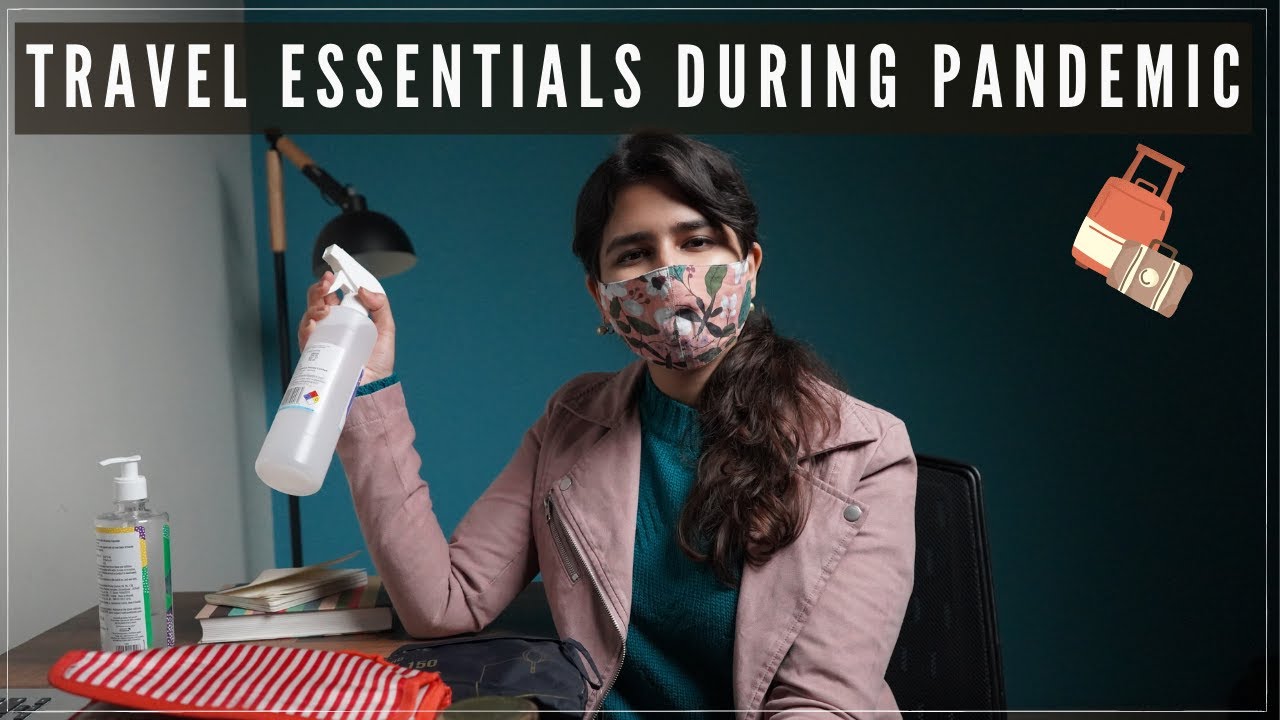
It is inevitable that when you leave town you will need a place to rest. Some may choose a hotel, while the privacy of a vacation home may appeal to others. Both can be safe if you are careful, follow social distancing guidelines, and ask the right questions beforehand.
Check the hotel or rental property’s cleaning log before booking. To maintain transparency, many places make public how they go the extra mile to ensure guest safety. Hotels, for example, disinfect more and offer online check-in and digital keys. Many have also implemented 24-hour room vacancies between guests. On the other hand, landlords like Airbnb have introduced new cleaning protocols.
9. Updated travel guidelines for fully vaccinated individuals
The CDC claims that fully vaccinated people can travel safely across the country. However, they strongly advise that fully vaccinated people wear masks on all public transport and at public transport hubs such as airports and bus or train stations. Fully vaccinated travelers are not required to wear masks in an open deck area of a ferry or on the open deck of a bus. It is also good to follow all state or local recommendations and requirements when traveling.
International travelers must closely monitor the situation at their international destinations before their trip, as new variants spread and the burden of COVID-19 varies worldwide. After the trip, be on the lookout for and isolate and test for any symptoms of COVID-19. The CDC also adds that if you are fully vaccinated or have recovered from COVID-19 within the last 3 months, you do not need to be tested or quarantined. You must still follow all other travel recommendations.
